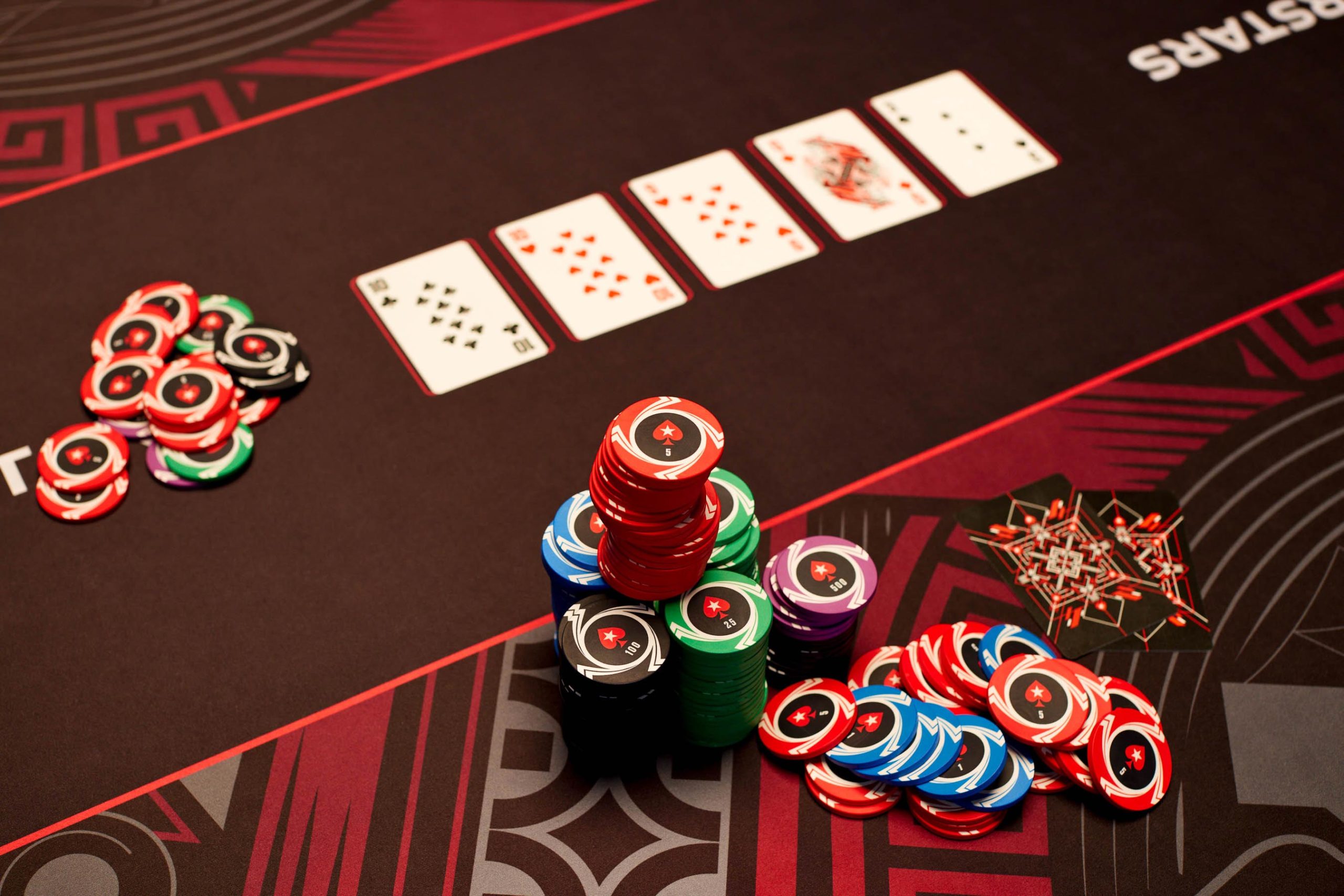
Poker is a game of chance, but it also requires a bit of skill and psychology. The goal of the game is to win as many chips as possible by putting all your opponents out of the hand. This is done by raising bets to force players with weak hands to fold, and it can also help you win a pot when you have a strong one.
Before each hand begins, the player to the left of the dealer puts in a small bet called the blind bet. The dealer then shuffles the cards and deals each player two cards, face down. Players can then check their hands for blackjack (a 10 and a jack of the same suit) or begin betting.
After the first round of betting, a third card is dealt to the table. This is the flop. The players then have the option to bet again, or they can fold their cards. Those who wish to stay in the hand must raise their bets, or they must call any bet made by their opponents.
A fourth community card is then dealt, this is called the river. A final betting round occurs and the highest ranked hand wins the pot.
The best hand in poker is a royal flush, consisting of a 10 Jack, King, Queen and Ace of the same suit, or a straight flush (five consecutive cards of the same suit). The next highest is four of a kind, which includes four cards of the same rank but different suits, such as 4 aces. Three of a kind is two distinct pairs of cards and a wild card, such as 3 kings and an ace.
The best way to improve your poker skills is to practice and watch experienced players. This will help you develop quick instincts and become more successful. However, it is important to play only with money that you can afford to lose. This way, you won’t go broke while trying to learn the game. You should also keep track of your winnings and losses to see how well you are doing in the long run.